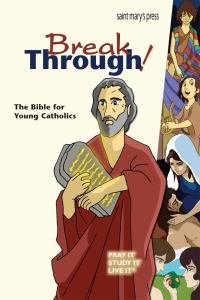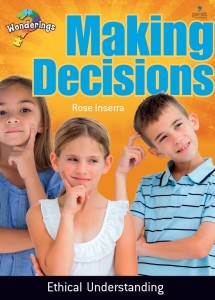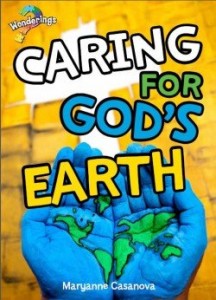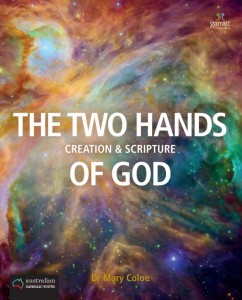- Home
- Issue 10: Care for Our Home
- Issue 9: Eco-Spirituality
- Issue 8: Interfaith Understanding
- Archives
- About us
- Contact
For Primary
Special date coming up!
World Environment Day – 5 June, 2015
Themes
- Eco-spirituality
- The Natural World
- Christian Environmental Ethics
- Creation
Aims to:
- Encourage students to respect our planet by becoming active stewards in taking care and protecting our environment and all living things.
- Develop an understanding of how to lead a sustainable lifestyle
- Identify and communicate how God’s creation is intended to enjoy fullness of life in light of scientific revelations
Prayer
Children’s Earth Prayer
Dear God, thank you for this beautiful planet. Bless it and keep it safe from harm. We pray for the protection of the animals, the soil, air and water. May we care for all you have made. Help us to love the Earth as you do. We pray in Jesus’ name. Amen
http://ncronline.org/blogs/eco-catholic/wheres-earth-prayer-when-you-need-one
Suggestions on how to use this prayer:
- Print in large font and have the children read it together. Adding an appropriate picture would make it more interesting.
- One child prepares the prayer for homework and can write and illustrate it, leaving it on the board for everyone to see and read.
- Teacher initiative – reads to the class in prayerful contemplation. A student response can be appropriate as it leads into other lesson topics.
It is particularly useful to have prayers such as this one to cross link with other curricular outcomes.
Religious Literacy & Biblical Literacy
The Creation Story (Genesis 1: 1-2:4)
1. Read the biblical verses aloud. Explain as you go that this is a symbolic story and not a scientific one, however, there is truth in the ‘order’ in which we were created, beginning with light and ending with humans.
2. Divide the class into six groups to illustrate visually and with music/electronically, their creation. For example, on the third day God created dry land and plants. Suggest the colours green and orange for nature and the earth; suitable music to show the plants growing, and other stimulus materials. Present to the class.
3. Students discuss/write/draw their favourite parts of creation – e.g. favourite land animal, fish, plant, flower, tree, ocean, star, fruit, food, etc.
4. Discuss that even annoying creations, such as mosquitoes are good creations because frogs, reptiles, birds and animals feed on them. Everything was created perfectly.
Suggested Classroom Activities
1. Create a Flow Chart of Creation. Teach appropriate formats such as a flow chart to demonstrate the seven days and add some more scientific creations as suggested on page 7.
2. Design a Timeline of evolution. Depending on level teaching, introduce a basic timeline, based on evolutionary science. At one end we have the Big Bang (13.7 billion years ago) and the other is the birth of homo sapiens (190,000 years ago). The older the students, the more complex the timeline. (See timelines in ‘Caring for God’s Earth, Page 3-4)
3. Comparative Stories of Creation in other cultures. Key aspects of creation include indigenous genre of creation in which there is a powerful creator being for creating the earth and a respect for all things in the natural world. Find relevant stories from the Dreamtime, Chinese, Inuit or American Indian, Chinese or Eastern.
4. Awareness of Environmental issues and sustainability. Students discuss concepts such as deforestation, climate change patterns, erosion, pollution etc. Depending on year level, include a table with: Cause and Effect/Where/Action needed.
4a. In groups students take on ONE cause, for example, extinction of a certain animal due to habitat destruction or hunting etc. Presentation to the class must include: visuals, research, music or sound, a poem or creative expression, a poster for awareness, mind-map, physical world map, artistic piece, jigsaw puzzle, a quiz for students to answer.
Organisations/groups
Greenpeace
Oxfam
WSPCA
UNICEF
World Health Organisation (WHO)
UNESCO
Wildlife Conservation Society
UN Environmental Programme
Friends of the Earth
Earthwatch
Earth Hour
Issues
Deforestation
Climate change/global warming
Mining and land degradation
Desertification
Pollution
Extinction of creatures
Loss of biodiversity
Lack of clean water
5. Action Plan: How To Be A Responsible Citizen. From a Christian perspective and a civic role, the students are taught to be mindful of actions and attitudes that affect the planet.
Create a ‘Be Responsible For Planet Earth’ campaign with posters, charts, tables, pictures etc. Some ideas –








